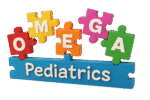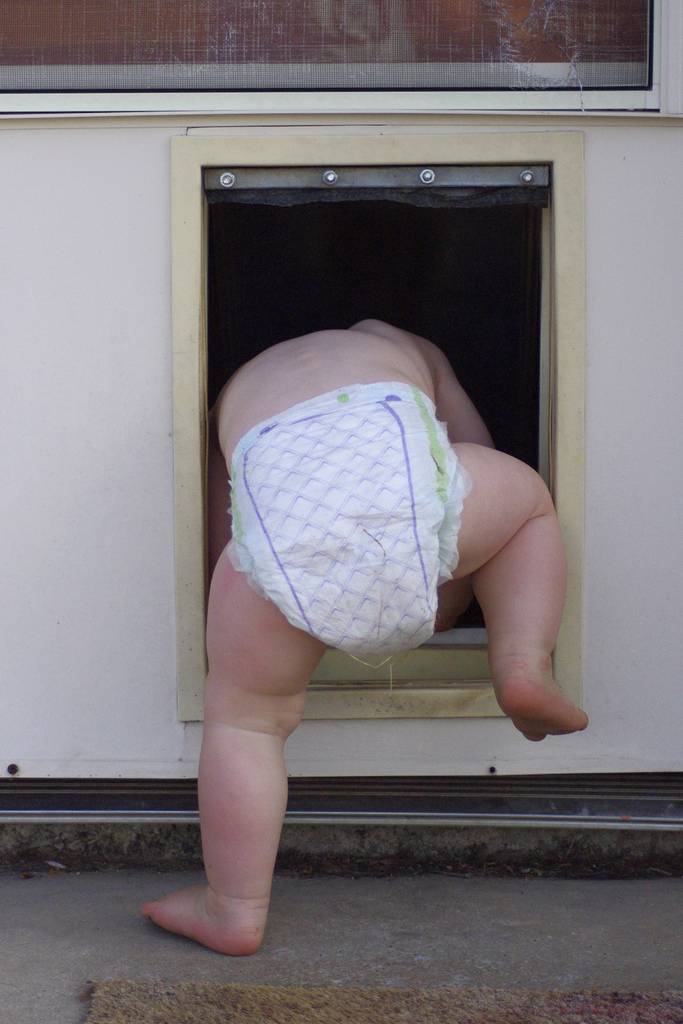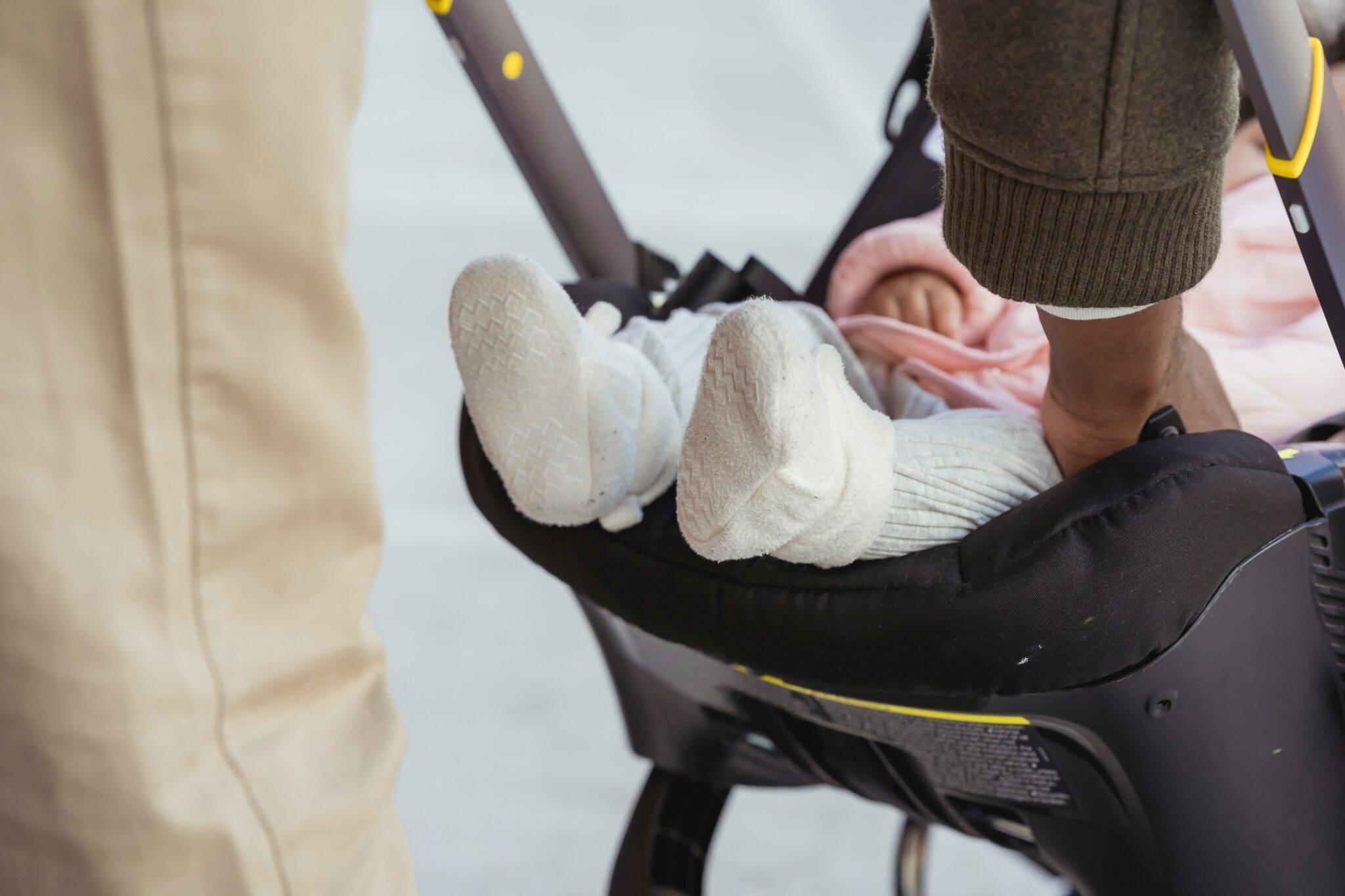Welcoming a newborn into the family is a time filled with joy, excitement, and an endless list of questions. Among these questions, one of the most common concerns is the best and safest sleep position for a newborn. Should you allow your newborn baby to sleep on side? Is it safe? What are the potential risks and benefits?
This comprehensive guide will delve into these questions and explore the pros and cons of side sleeping for newborns, providing valuable insights into safe sleep practices for your little one.
Newborn Sleep Positions: A Crucial First Step
Before we explore the concerns related to side-sleeping, it’s essential to understand the different sleeping positions of newborns. The three primary sleep positions are:
- Back Sleeping (Supine Position): This is where the baby lies flat on their back, with their face and tummy facing upwards.
- Side Sleeping (Lateral Position): Here, the baby lies on their side, either left or right, with the body slightly curled.
- Stomach Sleeping (Prone Position): The baby lies on their stomach, with their face turned to one side.
Health experts, including the American Academy of Pediatrics (AAP), agree that back sleeping is the safest option for newborns. This recommendation is rooted in extensive research showing that sleeping on the back significantly reduces the risk of Sudden Infant Death Syndrome (SIDS), a leading cause of infant mortality.
Understanding why back sleeping is preferred provides context as we explore the side sleeping position.
Why Back Sleeping Is the Gold Standard
The back sleeping position is widely regarded as the safest for newborns, and it’s not without good reason. SIDS, often referred to as “crib death,” is an unexplained and sudden death that occurs during sleep in otherwise healthy infants. Research has shown that placing a baby on their back to sleep reduces the risk by as much as 50%.

This position keeps the baby’s airways open and free from obstruction, ensuring they breathe easily throughout the night. It also reduces the risk of the baby rebreathing exhaled air, which leads to carbon dioxide buildup and oxygen depletion.
By placing your baby on their back to sleep, you create a safer environment that promotes healthy breathing and reduces the risk of sleep-related accidents. Despite the clear benefits of back sleeping, some parents allow their newborn baby to sleep on side.
This decision stems from concerns about comfort, potential medical issues, or the baby’s natural tendency to roll onto their side. To help you make an informed decision, let’s dive into the pros and cons of side sleeping for newborns.
The Pros of Side Sleeping: Potential Benefits
While the risks of side-sleeping are well-documented, some parents and caregivers see potential benefits if their newborn baby to sleep on side. Here are a few benefits:
1. Reduced Risk of Spit-Up and Aspiration
One of the primary reasons parents may consider side sleeping is to reduce the risk of spit-up or aspiration. Newborns, particularly those with gastroesophageal reflux disease (GERD), may experience frequent spit-ups, which can lead to discomfort and, in rare cases, aspiration (when stomach contents enter the lungs). Side sleeping is a logical way to help the baby clear their airway more effectively, reducing the risk of choking.
When a baby is positioned on their side, gravity can help prevent stomach contents from flowing back up the esophagus, potentially relieving reflux symptoms. However, it’s important to note that while side-sleeping may seem to alleviate these issues, it is not without its risks, as we will discuss later.
2. Managing Plagiocephaly: Preventing and Treating Flat Head Syndrome
Plagiocephaly, commonly known as flat head syndrome, occurs when an infant’s head develops a flat spot due to prolonged pressure on one area. This condition has become more prevalent since the widespread adoption of back sleeping, as babies often rest in the same position for extended periods.
Some parents consider side-sleeping as a way to prevent or manage plagiocephaly by alternating the side on which the baby sleeps. The idea is that by varying the baby’s head position, you can reduce the risk of a flat spot developing on one side of the skull. While this approach might offer some benefits, it’s crucial to do so under the guidance of a healthcare professional to ensure the baby’s safety.
3. Comfort for Babies with Respiratory or Digestive Issues
Babies with specific medical conditions may find side sleeping more comfortable. For example, babies with certain respiratory issues experience less discomfort when sleeping on their side, as this position can sometimes help alleviate pressure on the chest and improve breathing. Similarly, babies who suffer from severe GERD might find that side-sleeping reduces their symptoms, making it easier for them to sleep.
Consult your pediatrician if your baby has a medical condition you believe could be alleviated by side sleeping. They provide personalized advice and ensure your baby’s sleep position is made safely and appropriately.
4. Accommodating a Baby’s Natural Tendencies
Some newborns naturally roll to their sides when placed on their backs. This can be due to muscle tone, the shape of the crib mattress, or simply a preference for this position. It can be challenging for parents to keep a baby in a back sleeping position when they repeatedly roll to their side.
In such cases, side sleeping is a reasonable compromise, allowing the baby to settle in their preferred position without constantly waking them to reposition. However, this natural tendency does not necessarily mean that side-sleeping is the safest option, especially during the early months when the risk of SIDS is highest.
The Cons of Side-Sleeping: Understanding the Risks
While there are benefits to side sleeping, it’s important to weigh these against the risks. Here are some of the significant concerns associated with allowing a newborn to sleep on their side:
1. Increased Risk of Rolling to the Stomach
This is one of the most significant associated risks. Newborns have limited muscle control, and when placed on their side, they may unintentionally roll onto their stomachs, especially if they’re swaddled or lying on a soft surface.
Stomach sleeping is associated with a higher risk of SIDS since it leads to airway obstruction, rebreathing of exhaled air, and overheating. Babies who roll onto their stomachs from a side sleeping position may not have the strength to roll back, creating a dangerous situation.
This is why side sleeping is generally discouraged, particularly during the early months when the baby is most vulnerable.
2. Unstable Sleep Position: The Challenge of Maintaining Side Sleeping
Side sleeping is unstable for newborns, as their bodies aren’t yet fully developed to maintain this posture independently. A baby on their side may easily roll onto their back or stomach, leading to frequent repositioning and potential safety risks.
This instability causes stress for the baby and the parents, who may constantly check on the baby’s position throughout the night. Also, helping the baby maintain a slide sleeping position, such as using props or sleep positioners, injects additional hazards.
The AAP advises against the use of any products designed to keep a baby in a specific sleep position, as they have been linked to suffocation and other sleep-related injuries.
3. Risk of Developing Torticollis
Torticollis, a condition where the neck muscles become tight and cause the baby’s head to tilt to one side, develops if a baby consistently sleeps on the same side. This condition leads to muscle imbalances and may require physical therapy to correct.
Torticollis also contributes to the development of plagiocephaly, as the baby may favor one side of the head, increasing the risk of a flat spot. Encourage back sleeping to promote symmetrical development of the neck and head muscles, reducing the likelihood of torticollis and its associated complications.
Monitor your baby’s head position during sleep and provide supervised tummy time during the day to strengthen their neck muscles.
4. Positional Asphyxia: A Serious Safety Concern
Positional asphyxia occurs when a baby’s airway becomes blocked due to their sleeping position, leading to suffocation. In side sleeping, there’s a risk that the baby’s face could press against the mattress, bedding, or crib bumper, restricting airflow and leading to dangerous levels of carbon dioxide buildup.
While positional asphyxia is rare, it’s a serious risk that can’t be ignored. The safest way to avoid this risk is to place your baby on their back to sleep, ensuring their sleep environment is free from soft objects and loose bedding that pose a suffocation hazard.
Best Practices for Safe Sleep: Protecting Your Baby
Given the risks associated with side sleeping, follow safe sleep practices. Here are some essential tips for creating a safe sleep environment:
Always Place Your Baby on Their Back to Sleep: This is the most important step to protect your newborn at all sleep times, including naps and nighttime sleep. This reduces the risk of SIDS and is recommended by pediatricians and health organizations worldwide.
Provide a Firm and Flat Sleep Surface: Your baby’s sleeping surface matters in their safety. Always use a firm, flat mattress in your baby’s crib, bassinet, or play yard, and cover it with a fitted sheet. Avoid soft bedding, pillows, blankets, and stuffed animals in the sleeping area, as these items pose suffocation risks.
Say No to Sleep Positioners and Wedges: Sleep positioners and wedges are marketed as products that keep a baby in a specific sleep position, such as on their side. However, these products have been linked to suffocation and other sleep-related deaths, leading health experts to strongly advise against their use.
Practice Room Sharing Without Bed Sharing: Room-sharing, where your baby sleeps in the same room as you but in their crib or bassinet, is recommended for at least the first six months. This practice has been shown to reduce the risk of SIDS by allowing you to monitor your baby while they sleep.
Incorporate Supervised Tummy Time: While back sleeping is essential for safe sleep, give your baby supervised tummy time when they’re awake. Tummy time strengthens the neck, shoulders, and arm muscles, promoting healthy development and reducing the risk of plagiocephaly.
What to Do If Your Baby Rolls to Their Side: Practical Advice
If you notice that your baby naturally rolls to their side during sleep, there’s no need to panic. Here’s what you can do to keep your baby safe:
- Gently Reposition Your Baby on Their Back: Continue placing your baby on their back for sleep, even if they tend to roll. Over time, your baby will develop stronger muscles and better control over their movements, reducing the likelihood of rolling.
- Stop Swaddling Once Baby Starts to Roll: Swaddling is a comforting practice for newborns, but discontinue it once your baby shows signs of rolling. A swaddled baby may have difficulty moving their arms and legs, preventing them from repositioning themselves if they roll onto their stomach.
Should You Allow Your Newborn Baby to Sleep on Side?
After considering the potential benefits and risks of side sleeping, the evidence suggests that back sleeping remains the safest option for newborns. While side sleeping offers some comfort for babies with specific medical conditions or those who naturally roll to their side, the increased risk of rolling onto the stomach and the potential for positional asphyxia make this position less safe overall.
By prioritizing back sleeping and following safe sleep practices, you create a secure sleep environment for your baby, reducing the risk of SIDS and other sleep-related hazards. If you have concerns about your baby’s sleep position or believe that side sleeping is necessary for medical reasons, always consult your pediatrician.
Your pediatrician guides you to make informed decisions to prioritize your baby’s safety and well-being. For more information on safe sleep practices and other important topics related to newborn care, explore the resources available at Omegapediatrics.com. You might find these articles particularly helpful:
- How Bassinets Help Reduce SIDS Risk: The Science Behind Safe Sleep for Babies
- Keeping Your Newborn Safe While Sleeping: A Guide for New Moms
By staying informed and proactive, you ensure your baby enjoys safe and restful sleep during these critical early months.






